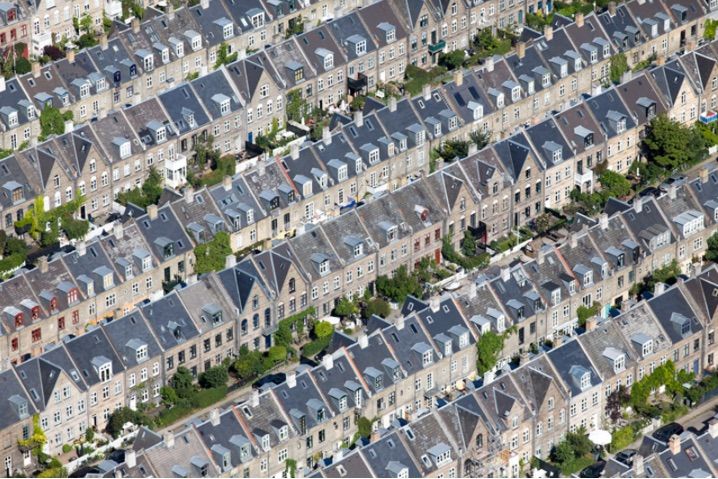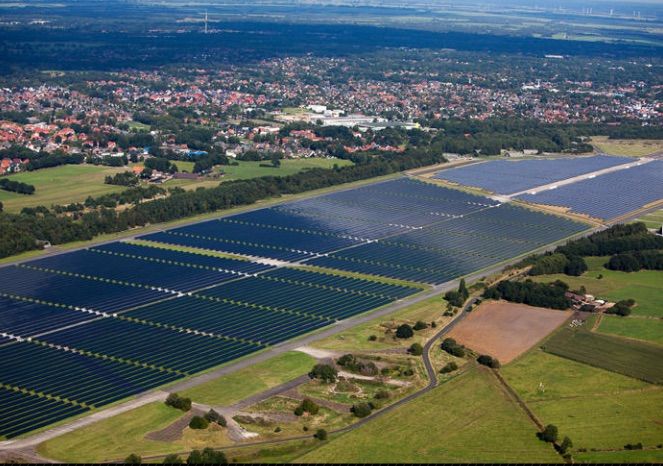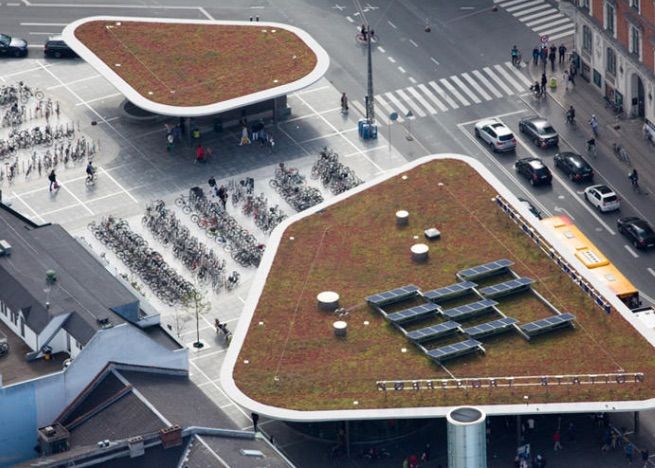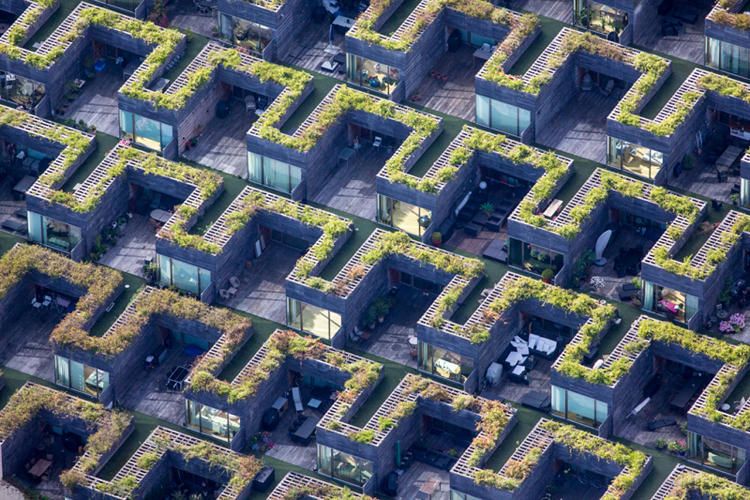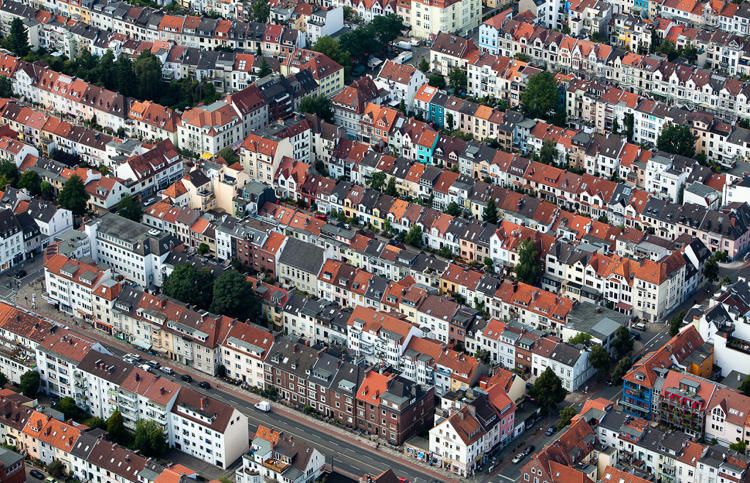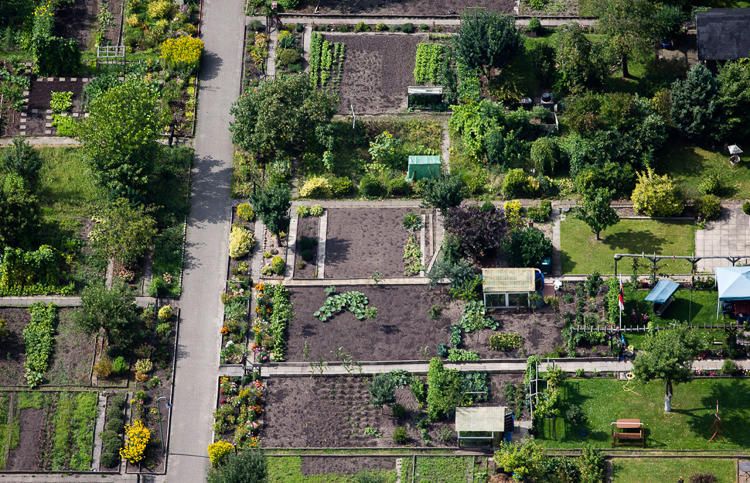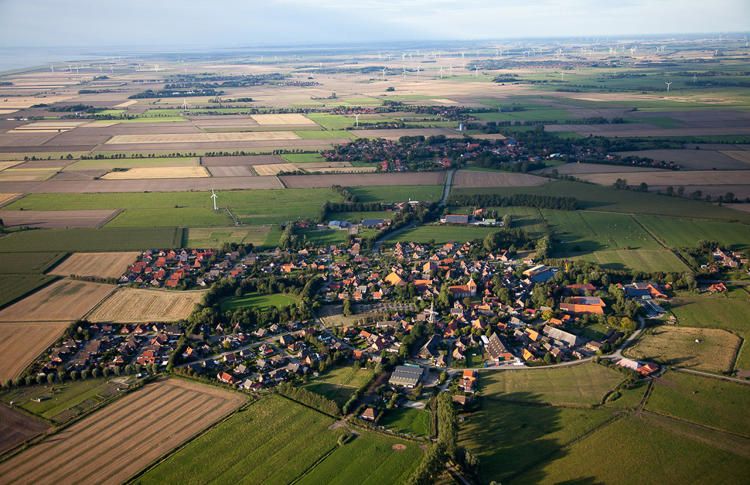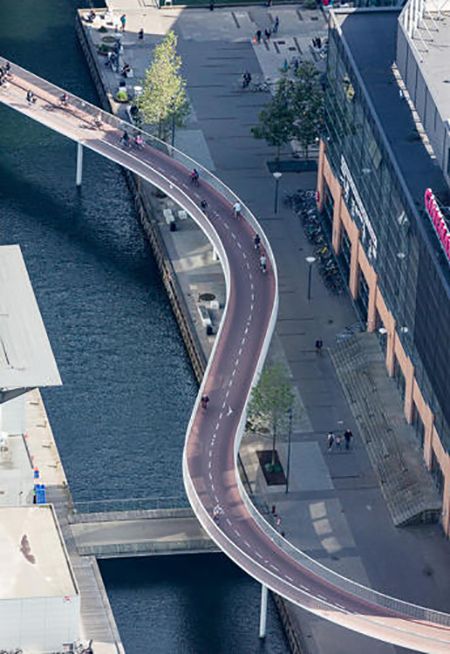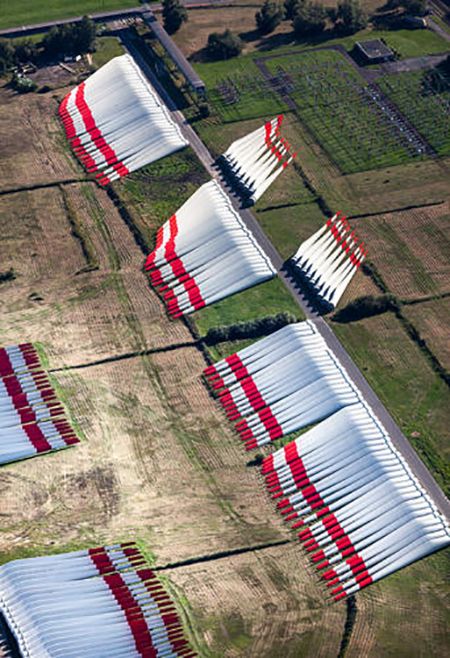The average European has about half the carbon footprint of the average American, but that isn't necessarily because the average German is trying to be greener than someone in Montana. In part, it's a function of sprawl; American suburbs have a hefty footprint largely because of long communities and oversized houses.
In a new series of aerial photos, commissioned by Yale 360, photographer Alex MacLean flew over Europe to document land use patterns, along with the continent's transformation to renewable energy.
It was next step in the photographer's long-standing study of development. In a 2008 book titled Over, MacLean photographed American sprawl. "It was really about American land use patterns and sort of their absurdity," he says. "After that book, I wanted to do something positive."
At first, as he flew over parts of Germany and Scandinavia, MacLean says he wasn't that impressed. "It has an old-world look to it, just history," he says. "But then when you start looking at it, you see how well development is integrated to the existing patterns there, with sharp growth boundaries. Transit is so thoroughly integrated . . . the pedestrian and bike infrastructure is totally apparent."
In the countryside, he photographed massive new solar and wind farms. But he says that the comparative lack of sprawl was the most striking thing to look at from the sky. "When you think about all of the effort that we spend converting our lightbulbs, efficient cars, there's really no thought at all to our land use patterns and how it impacts climate," he says. "I think that's the key part of the story—people should really start thinking about climate in relationship to our development and growth patterns."
